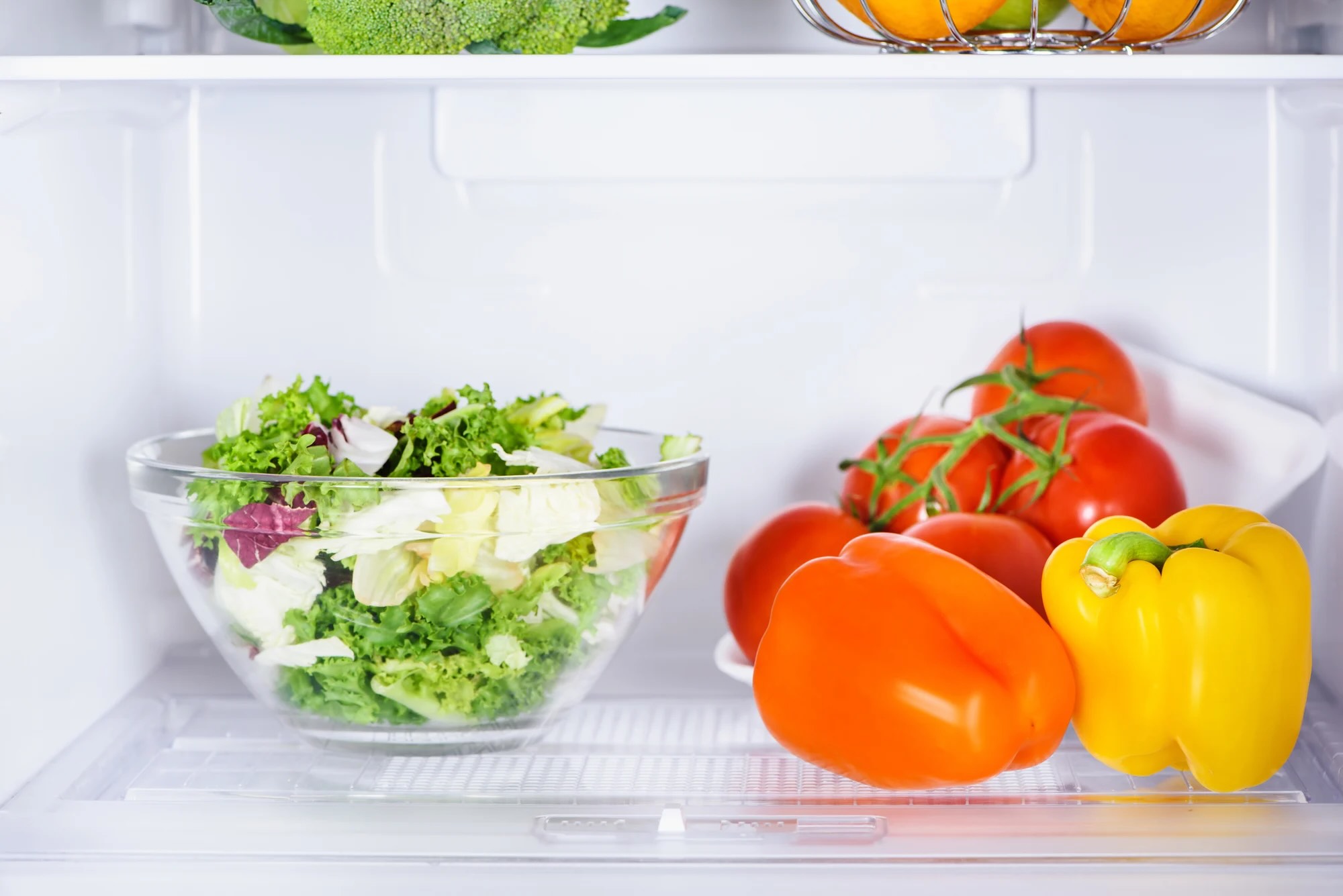

Articles
How To Store Salad In Fridge
Modified: February 23, 2024
Learn the best ways to store your salad in the fridge with these helpful articles. Keep your greens fresh and crisp for longer!
(Many of the links in this article redirect to a specific reviewed product. Your purchase of these products through affiliate links helps to generate commission for Storables.com, at no extra cost. Learn more)
Introduction
Welcome to our guide on how to store salad in the fridge! Whether you’re a salad enthusiast or simply looking to maintain the freshness of your leafy greens, knowing how to properly store salad can make a world of difference. Salad is a versatile and nutritious dish, packed with vitamins, minerals, and fiber. However, if not stored correctly, it can quickly lose its freshness and become soggy or wilted.
In this article, we will explore why it is important to store salad properly in the fridge, and provide you with some valuable tips to maximize the shelf life of your salad greens. Additionally, we will guide you through a step-by-step process for storing salad in the fridge, ensuring that it stays crisp and delicious for as long as possible.
By following our expert advice, you’ll be able to enjoy fresh, vibrant salads whenever you crave them, without worrying about waste or spoilage. So, let’s dive in and learn more about the importance of proper salad storage!
Key Takeaways:
- Maximize salad freshness by choosing quality ingredients, storing in airtight containers, and keeping dressings separate. Avoid common mistakes like storing wet greens and overpacking to enjoy crisp, vibrant salads for longer.
- Properly stored salad in the fridge extends shelf life, preserves nutrients, and minimizes waste. Follow expert tips, avoid common mistakes, and consume within 3-4 days for optimal freshness and flavor.
Read more: How To Store Salad
Importance of Properly Storing Salad in the Fridge
Properly storing salad in the fridge is crucial for maintaining its freshness, texture, and nutritional value. Here’s why:
- Prolongs shelf life: Correctly storing salad in the fridge can extend its shelf life, allowing you to enjoy it for longer periods. This is beneficial, especially if you like to meal prep or buy salad ingredients in bulk.
- Preserves nutrients: Salad greens are packed with essential vitamins and minerals that are sensitive to heat and light. Storing them in the fridge helps to preserve these nutrients, ensuring that you derive maximum health benefits from your salad.
- Maintains crispness: One of the key aspects of a satisfying salad is its crisp texture. Improper storage can lead to wilting and soggy greens, resulting in a less enjoyable dining experience.
- Minimizes waste: By following proper storage practices, you can minimize food waste and save money. No one likes to throw away wilted or spoiled salad greens!
- Safe food practices: Salad greens are prone to bacterial growth when left at room temperature for extended periods. Storing them in the fridge helps to inhibit the growth of harmful bacteria and reduces the risk of foodborne illnesses.
Now that you understand the importance of properly storing salad in the fridge, let’s move on to some valuable tips that will help you keep your salad greens fresh and delicious.
Tips for Storing Salad in the Fridge
Follow these handy tips to ensure that your salad stays fresh and delicious:
- Choose fresh and quality ingredients: Start with fresh, crisp salad greens that are free from blemishes or wilting. Look for vibrant colors and avoid any leaves that are discolored or slimy.
- Wash and dry thoroughly: Before storing, wash your salad greens thoroughly and remove any excess moisture. Dampness can accelerate spoilage, so make sure to dry the leaves using a salad spinner or gently pat them dry with a clean kitchen towel.
- Store in airtight containers: Transfer your salad greens into airtight containers or resealable bags. This helps to maintain freshness and prevents the absorption of odors from other foods in the fridge.
- Keep separate from dressings: It’s best to store dressings separately and add them to the salad just before serving. This prevents the greens from becoming soggy and maintains their crispness longer.
- Layer and separate: If you’re storing multiple salad ingredients together, like chopped vegetables or toppings, layer them in the container and separate each layer with a paper towel. This helps to prevent moisture buildup and keeps the ingredients fresh.
- Avoid overpacking: Make sure not to overpack the containers with salad greens. Leaving some room allows for air circulation and prevents the greens from getting crushed.
- Cool before storing: Let your salad ingredients cool down to room temperature before refrigerating them. Putting warm ingredients directly into the fridge can create condensation and promote bacterial growth.
- Label and date: Label your containers with the contents and date of storage. This helps you keep track of freshness and ensures that older salads are consumed first.
By following these tips, you can keep your salad fresh, crisp, and full of flavor for an extended period. Now let’s proceed with a step-by-step guide on how to store salad in the fridge.
Step-by-Step Guide for Storing Salad in the Fridge
Follow these steps to ensure that your salad stays fresh and appetizing:
- Prepare your salad greens: Start by washing your salad greens thoroughly under cold running water to remove any dirt or debris. Gently pat them dry with a clean kitchen towel or use a salad spinner to eliminate excess moisture.
- Choose the right storage containers: Opt for airtight containers or resealable bags that are large enough to hold your salad greens without overcrowding. Make sure the containers are clean and dry before using them.
- Layer and separate: If you’re storing multiple salad ingredients together, like chopped vegetables or toppings, start by placing a layer of salad greens at the bottom of the container. Add your other ingredients in separate layers, separating each layer with a paper towel to absorb any excess moisture.
- Avoid dressing until serving: It’s best to store dressings separately. If you plan to use dressing, place it in a small, tightly sealed container and add it to the salad just before serving.
- Seal and label: Once you have packed your salad ingredients, seal the containers tightly to prevent air and moisture from entering. Label the containers with the date of preparation so you can keep track of freshness.
- Store in the fridge: Place the sealed containers in the refrigerator, ideally on one of the upper shelves where the temperature is the most consistent. Avoid placing them near the door, as it is subject to temperature fluctuations when opened frequently.
- Consume within the recommended timeframe: While proper storage can help extend the shelf life of your salad, it’s still essential to consume it within a reasonable timeframe. As a general guideline, consume your stored salad within 3-4 days.
By following these steps, you can maintain the quality and freshness of your salad for an extended period. Now let’s explore some common mistakes to avoid when storing salad in the fridge.
To store salad in the fridge, make sure it is completely dry before placing it in an airtight container or resealable bag with a paper towel to absorb excess moisture. This will help keep it fresh for longer.
Common Mistakes to Avoid When Storing Salad in the Fridge
Here are some common mistakes to steer clear of when storing salad in the fridge:
- Not properly washing and drying the greens: Skipping the step of washing and drying your salad greens can lead to the accumulation of dirt and bacteria, reducing their freshness and increasing the risk of contamination.
- Storing wet greens: Moisture is the enemy of fresh salad greens. Make sure to dry them thoroughly before storing to prevent wilting and spoilage.
- Overpacking the containers: Squeezing too many salad greens into a container can lead to crushing and lack of air circulation, resulting in quicker spoilage.
- Mixing dressings or sauces with the salad: Adding dressings or sauces to the salad before storing can make the greens soggy and unappetizing. It’s best to keep them separate until you’re ready to eat.
- Not using airtight containers: Improper storage containers can allow air and moisture to seep in, causing the salad greens to wilt and lose their freshness.
- Storing the salad near strong-smelling foods: Salad greens easily absorb odors from other foods in the fridge. Avoid storing them next to strong-smelling items like onions or garlic to maintain their natural flavors.
- Leaving the salad out at room temperature: Leaving your salad out at room temperature for an extended period can lead to bacterial growth and spoilage. Always refrigerate the salad promptly.
- Not rotating or using salads within a reasonable timeframe: Even with proper storage, salads have a limited shelf life. It’s best to consume them within 3-4 days to ensure optimal freshness.
By avoiding these common mistakes, you can significantly improve the quality and longevity of your stored salad. Now, let’s address some frequently asked questions about storing salad in the fridge.
Read more: How To Store Salad Mix
Frequently Asked Questions (FAQs) about Storing Salad in the Fridge
Here are some commonly asked questions about storing salad in the fridge:
- Can I store salad in a plastic bag?
- How long can I store salad in the fridge?
- Can I store dressed salad in the fridge?
- Why do my salad greens wilt quickly in the fridge?
- Can I freeze salad greens?
- Is it safe to eat slimy salad greens?
- Can I revive wilted salad greens?
Yes, you can store salad in a plastic bag as long as it is airtight and has been washed and dried properly before placing it in the bag.
Salad can typically be stored in the fridge for 3-4 days, depending on the freshness of the ingredients and how well they were stored.
It is generally recommended to store dressed salad in a separate container from the greens to prevent them from becoming soggy. Add the dressing just before serving.
Salad greens can wilt quickly in the fridge if they are not properly dried before storing or if they are kept in a container with excess moisture.
Salad greens do not freeze well and can become limp and watery when thawed. It’s best to enjoy them fresh or opt for other salad ingredients that are suitable for freezing.
No, slimy salad greens are a sign of spoilage and should not be consumed. It’s important to discard any salad greens that appear slimy or have an unpleasant odor.
While it can be challenging to revive wilted salad greens completely, you can try soaking them in ice water for a few minutes to help crisp them up. However, it’s best to consume salad greens when they are fresh.
These FAQs should address some of the common concerns and queries you may have regarding storing salad in the fridge. Now, let’s wrap up our article.
Conclusion
Properly storing salad in the fridge is essential for maintaining its freshness, crispness, and nutritional value. By following the tips and guidelines outlined in this article, you can extend the shelf life of your salad, reduce waste, and enjoy delicious, healthy greens whenever you desire.
Remember to choose fresh and quality ingredients, wash and dry them thoroughly, and store them in airtight containers or resealable bags. Keep dressings separate until serving and avoid overpacking the containers to allow for proper air circulation. Be mindful of common mistakes to avoid, such as storing wet greens or mixing dressings too early.
By taking these simple steps, you can maximize the shelf life of your salad and maintain its crisp texture and vibrant flavors. Remember to consume your stored salad within the recommended timeframe to ensure optimal freshness.
With the knowledge and tips provided in this article, you can confidently store your salad in the fridge, knowing that it will stay fresh, appetizing, and packed with essential nutrients. So go ahead, prepare your next beautiful salad, and enjoy the benefits of storing it properly!
Happy salad storing!
Frequently Asked Questions about How To Store Salad In Fridge
Was this page helpful?
At Storables.com, we guarantee accurate and reliable information. Our content, validated by Expert Board Contributors, is crafted following stringent Editorial Policies. We're committed to providing you with well-researched, expert-backed insights for all your informational needs.
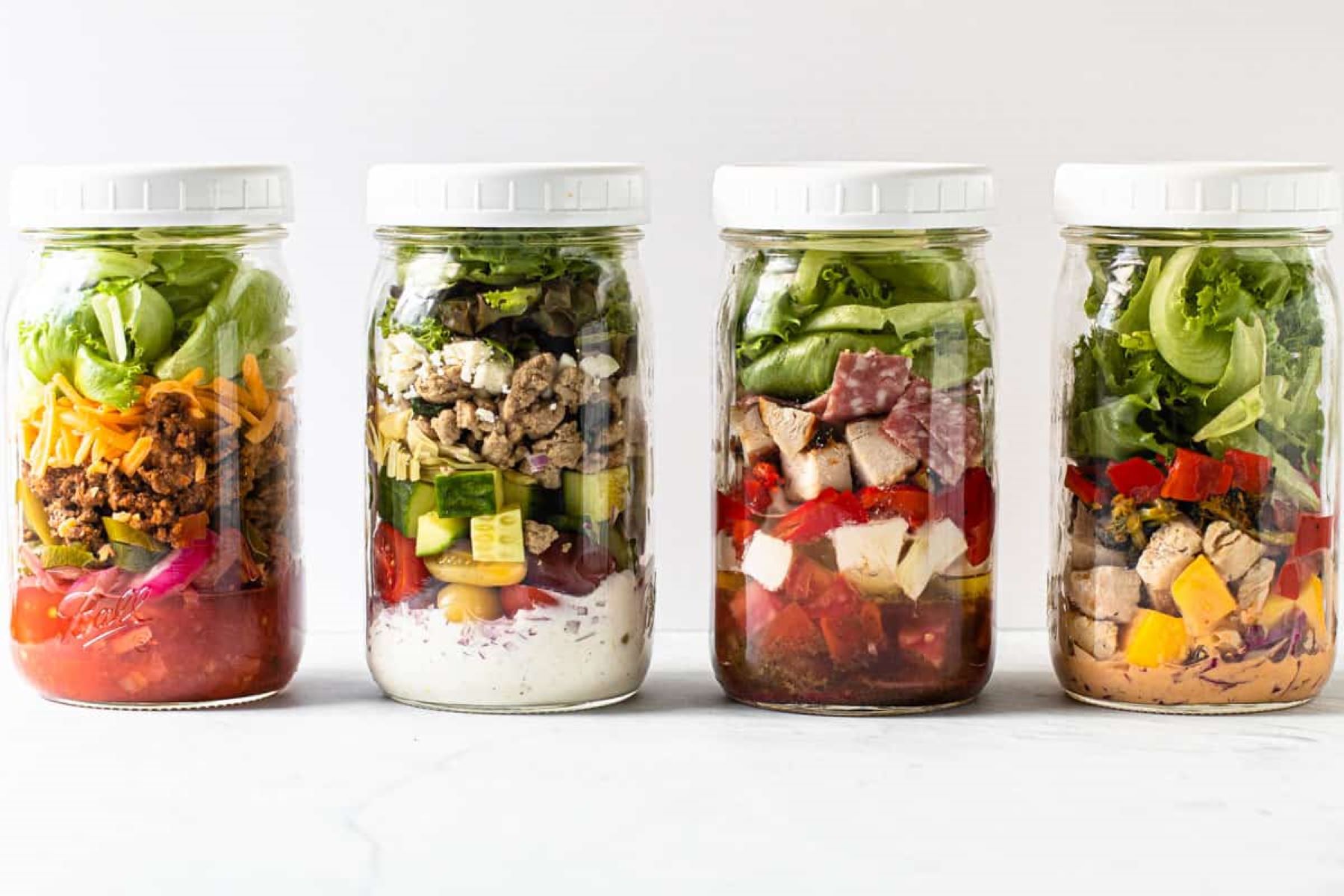
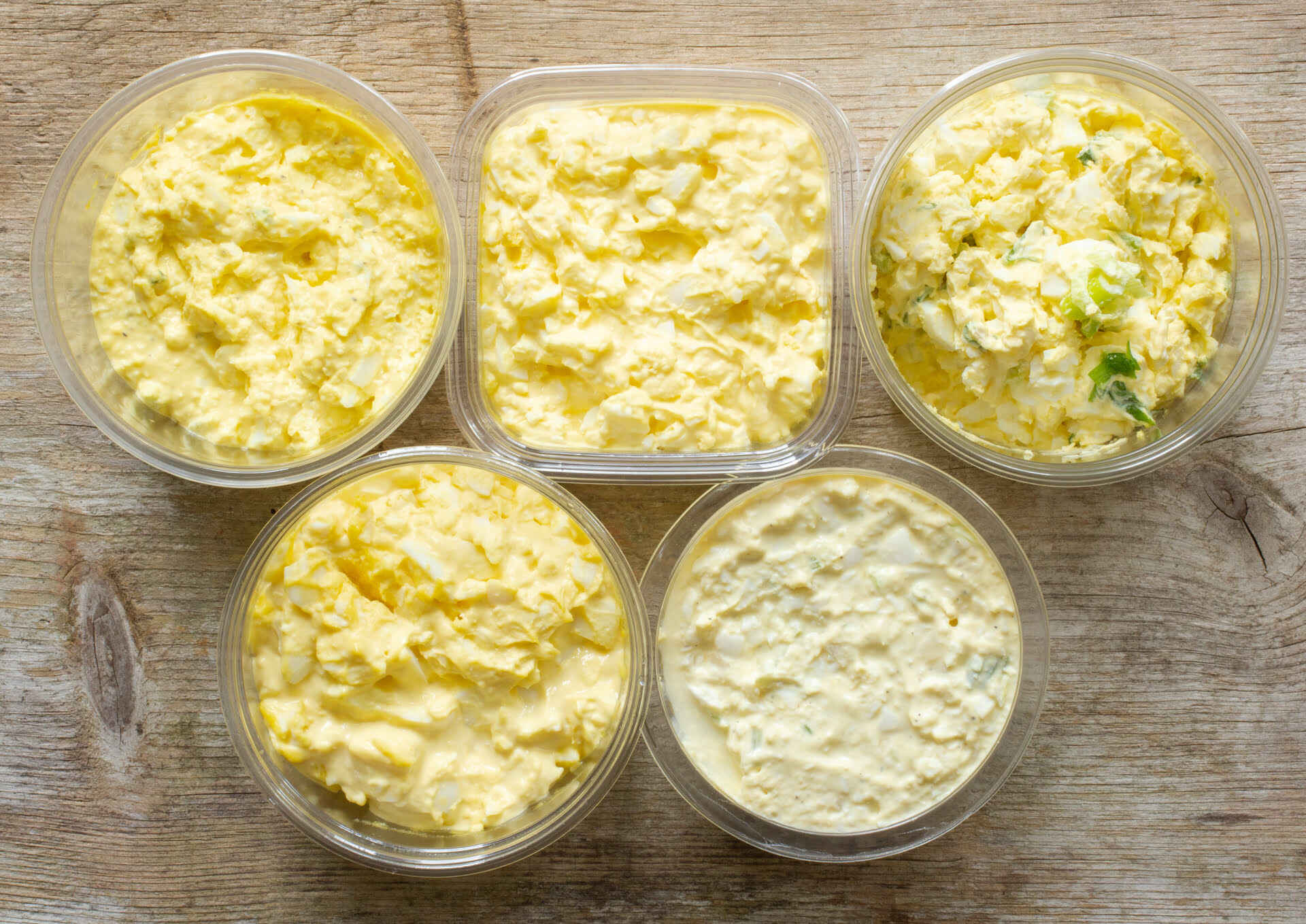
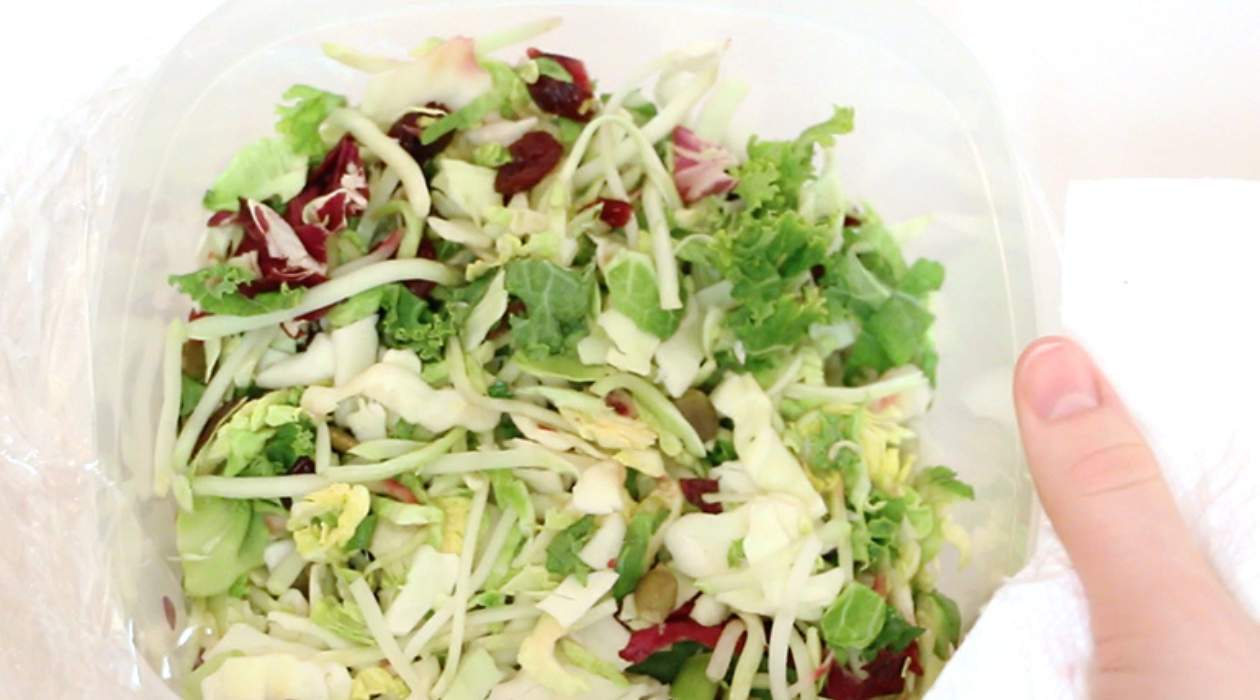




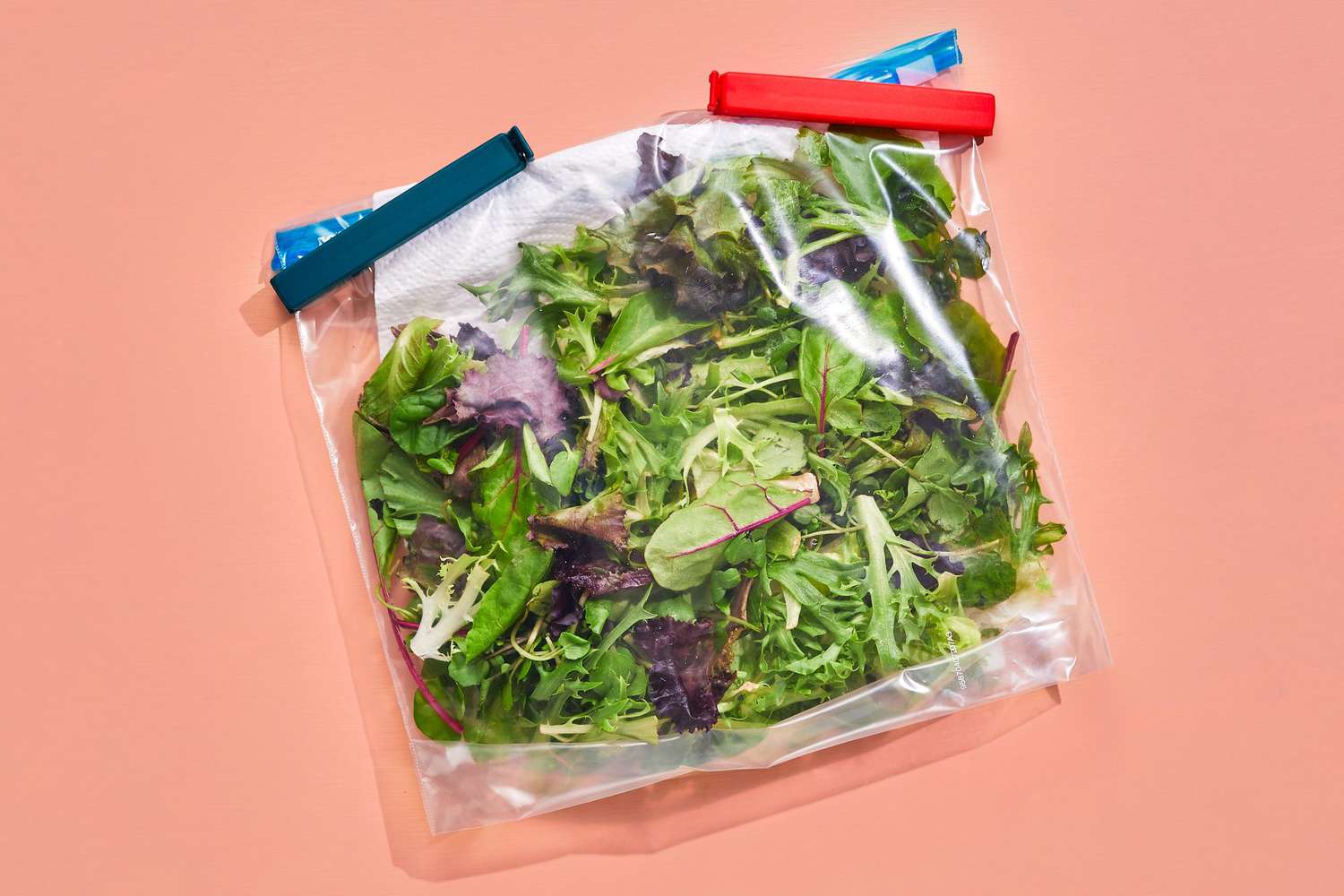


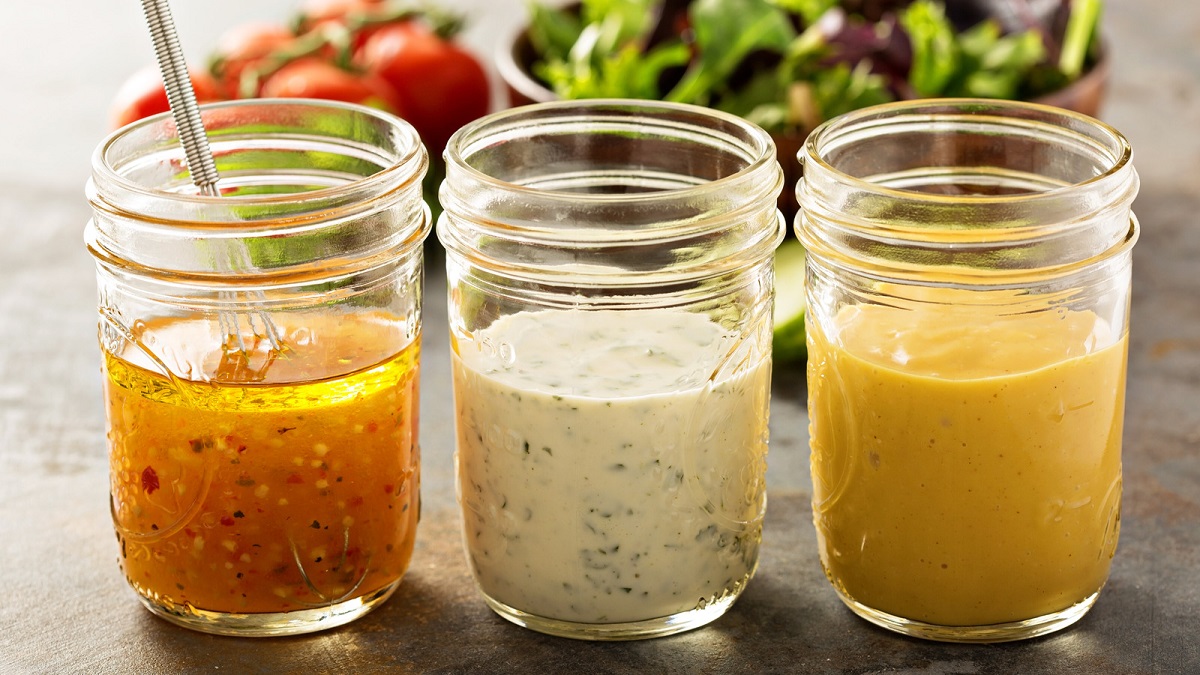
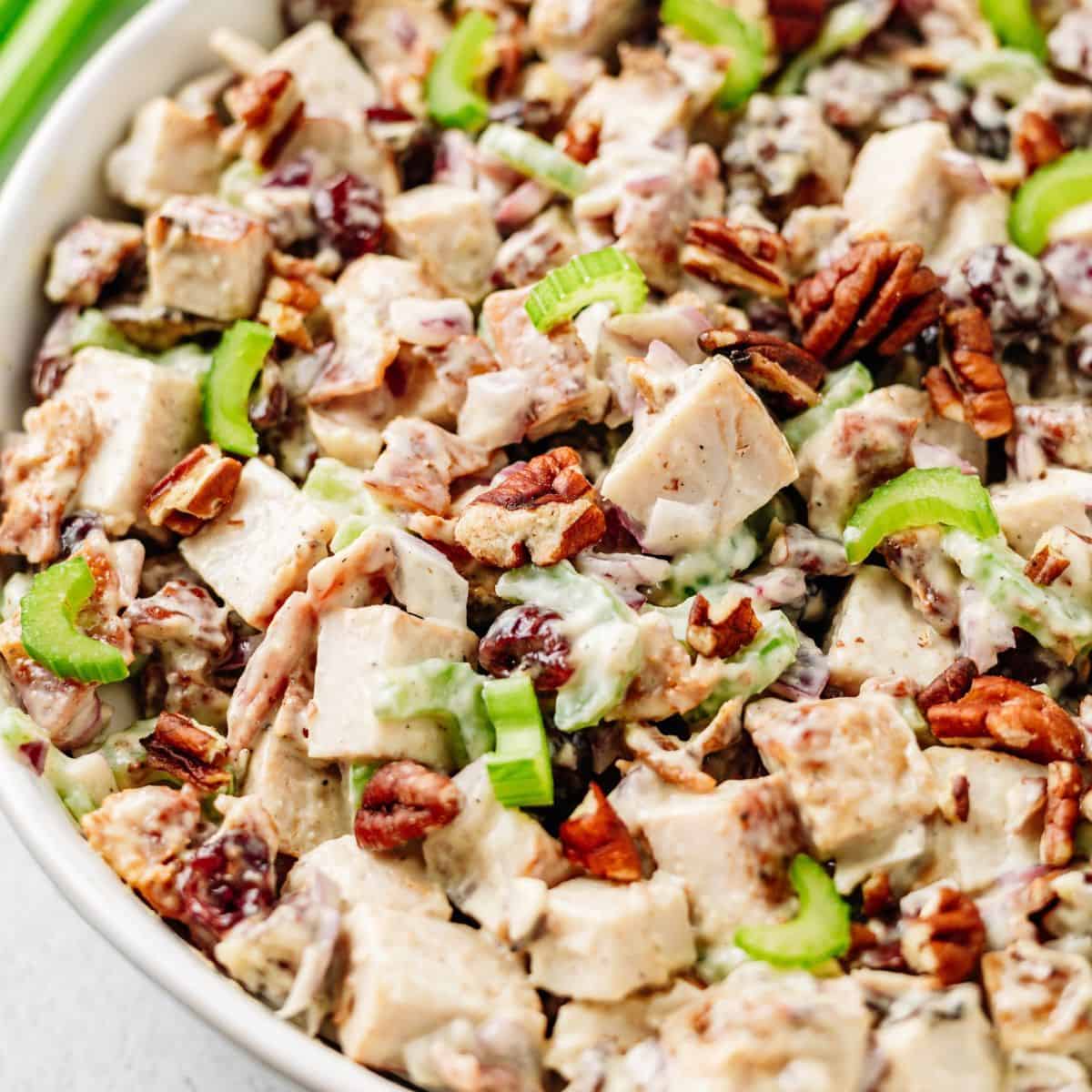

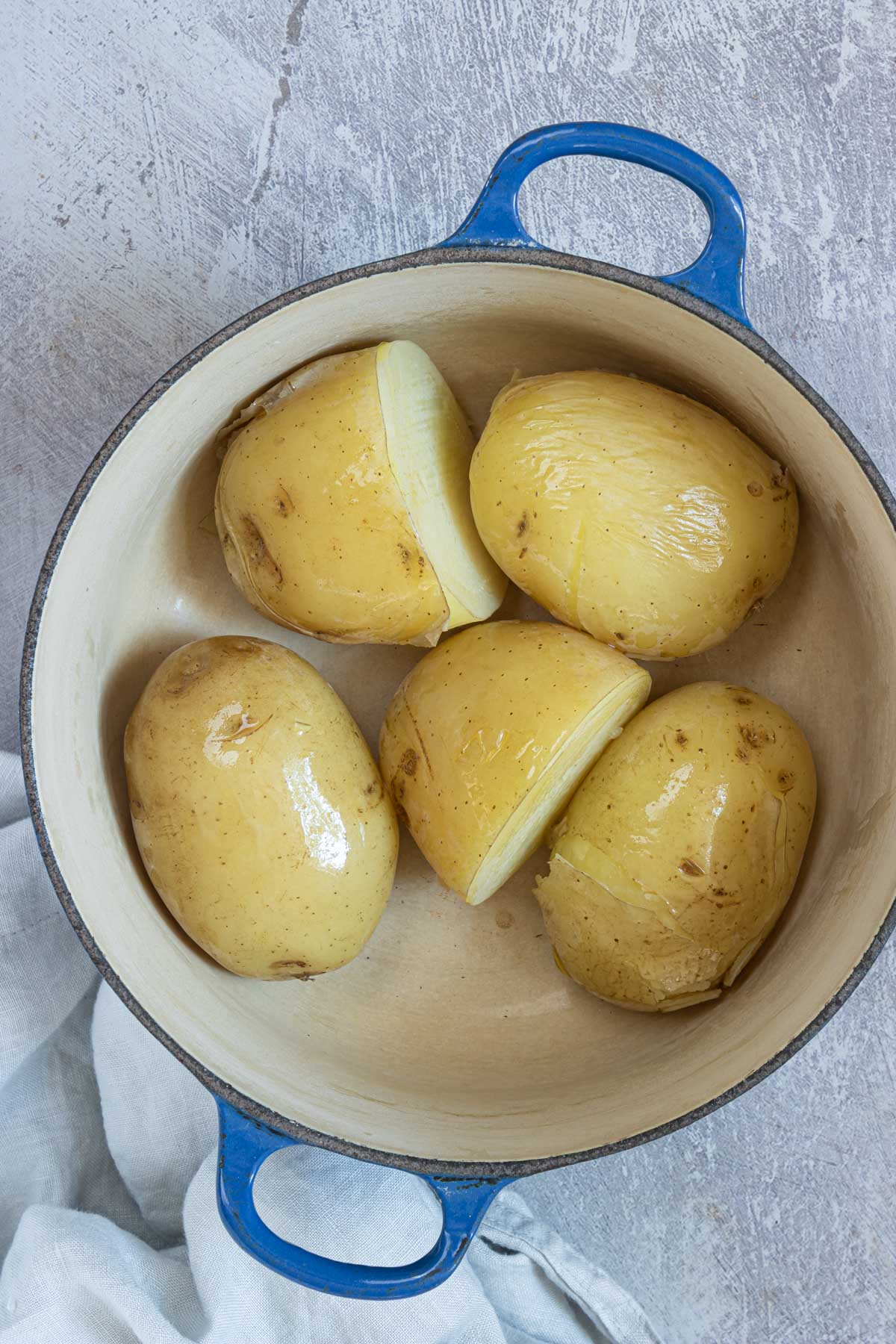

0 thoughts on “How To Store Salad In Fridge”